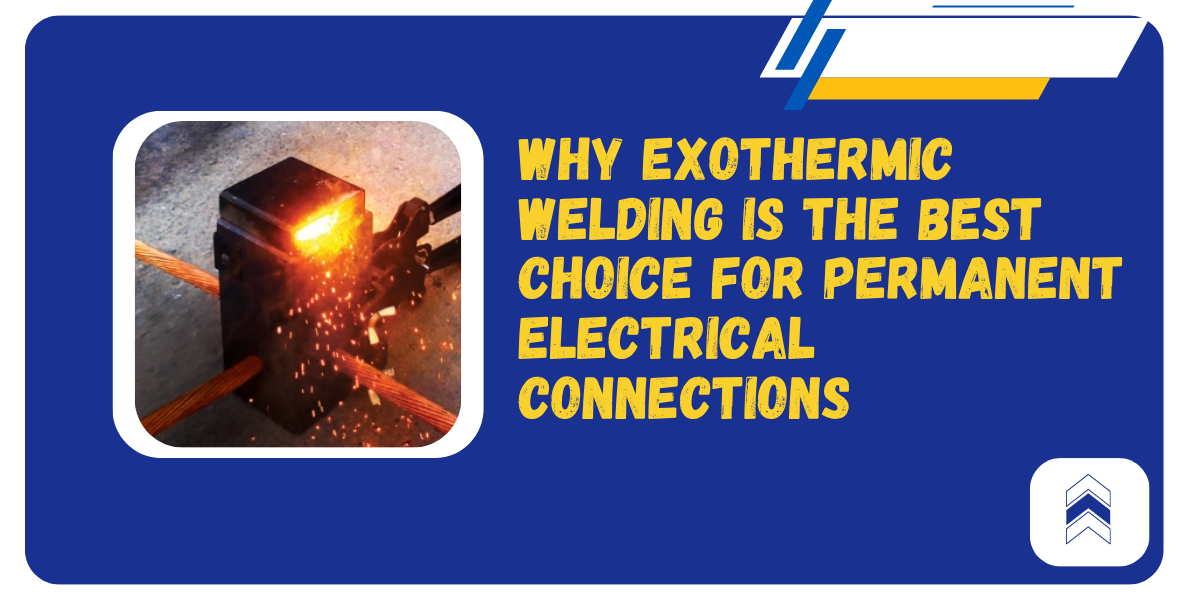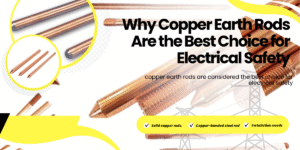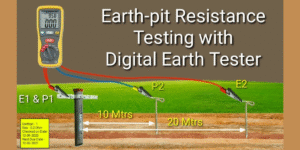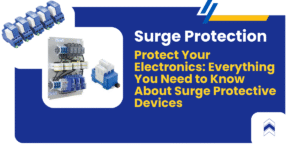Introduction
When it comes to electrical grounding, bonding, and lightning protection, the reliability of your connections is critical. Traditional mechanical joints can loosen, corrode, or fail over time — but Exothermic Welding provides a permanent solution. It ensures superior conductivity, corrosion resistance, and long-term durability, making it the best choice for electrical professionals worldwide.
What Is Exothermic Welding?
Exothermic Welding, also known as Thermite Welding or CADWELD, is a process that creates a molecular bond between two conductors using a high-temperature chemical reaction. This reaction melts copper and fuses the metals together, forming a solid, permanent, and maintenance-free joint.
Unlike mechanical connections, exothermic welds do not rely on pressure or external energy, ensuring unmatched performance over time.
Why Choose Exothermic Welding?
⚡ Permanent and Reliable Bond
The weld becomes part of the conductor itself — it can’t loosen or corrode.
🔩 Excellent Electrical Conductivity
The welded joint offers conductivity equal to or better than the conductors.
🌧️ Corrosion and Weather Resistance
Perfect for harsh outdoor environments — from substations to grounding systems.
🔥 No Maintenance Required
Once installed, exothermic joints are 100% maintenance-free.
🛠️ High Mechanical Strength
The solid copper bond can withstand repeated fault currents and mechanical stress.
Applications of Exothermic Welding
Exothermic welding is used across many industries for:
Earthing & Grounding Systems
Lightning Protection Networks
Power Plants & Substations
Railway & Metro Infrastructure
Oil, Gas, and Renewable Energy Projects
| Feature | Exothermic Welding | Mechanical Connection |
|---|---|---|
| Bond Type | Molecular / Permanent | Pressure-based / Temporary |
| Conductivity | High | Variable |
| Corrosion Resistance | Excellent | Moderate |
| Maintenance | None | Regular required |
| Lifespan | 30+ years | Limited |





